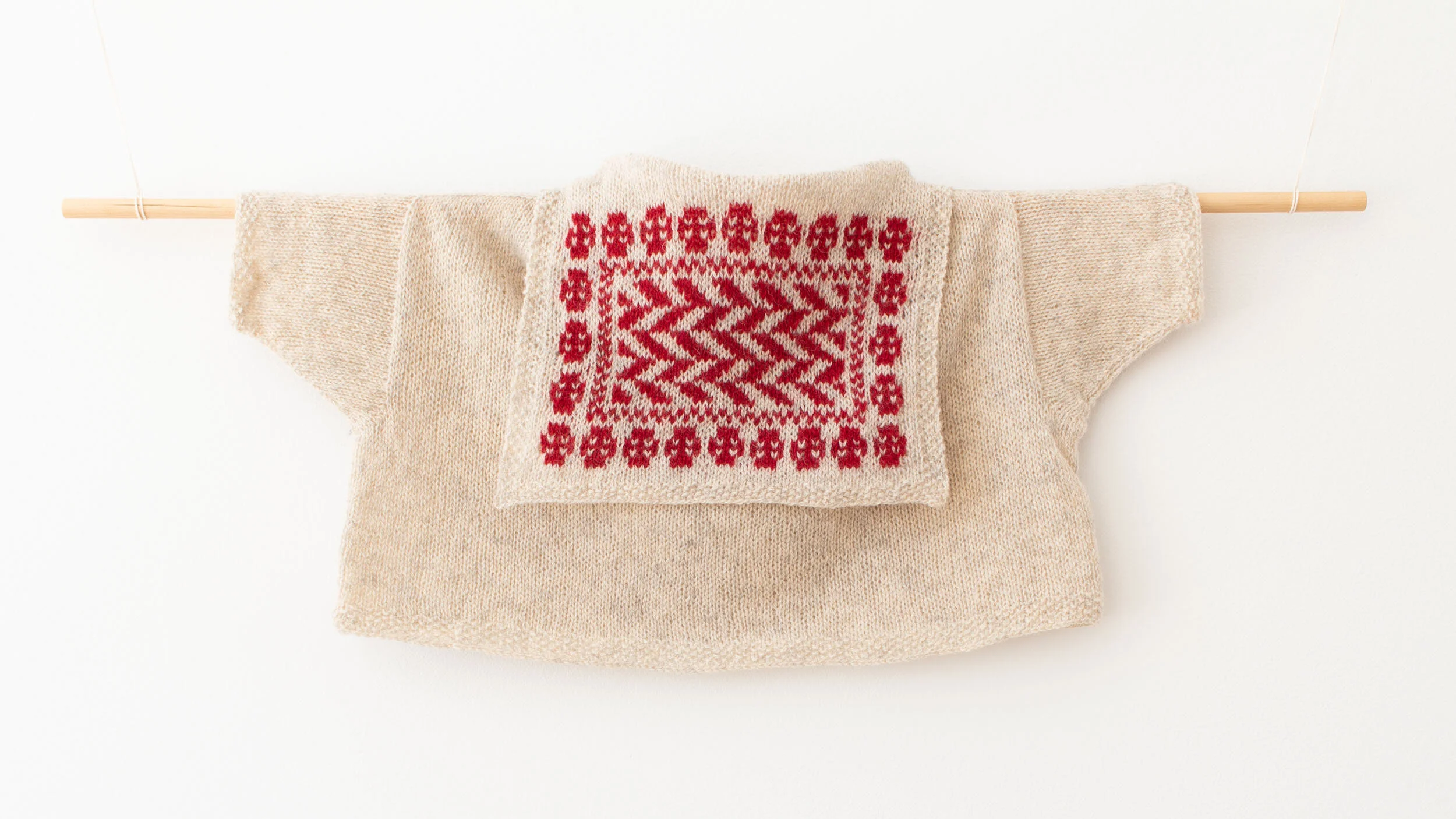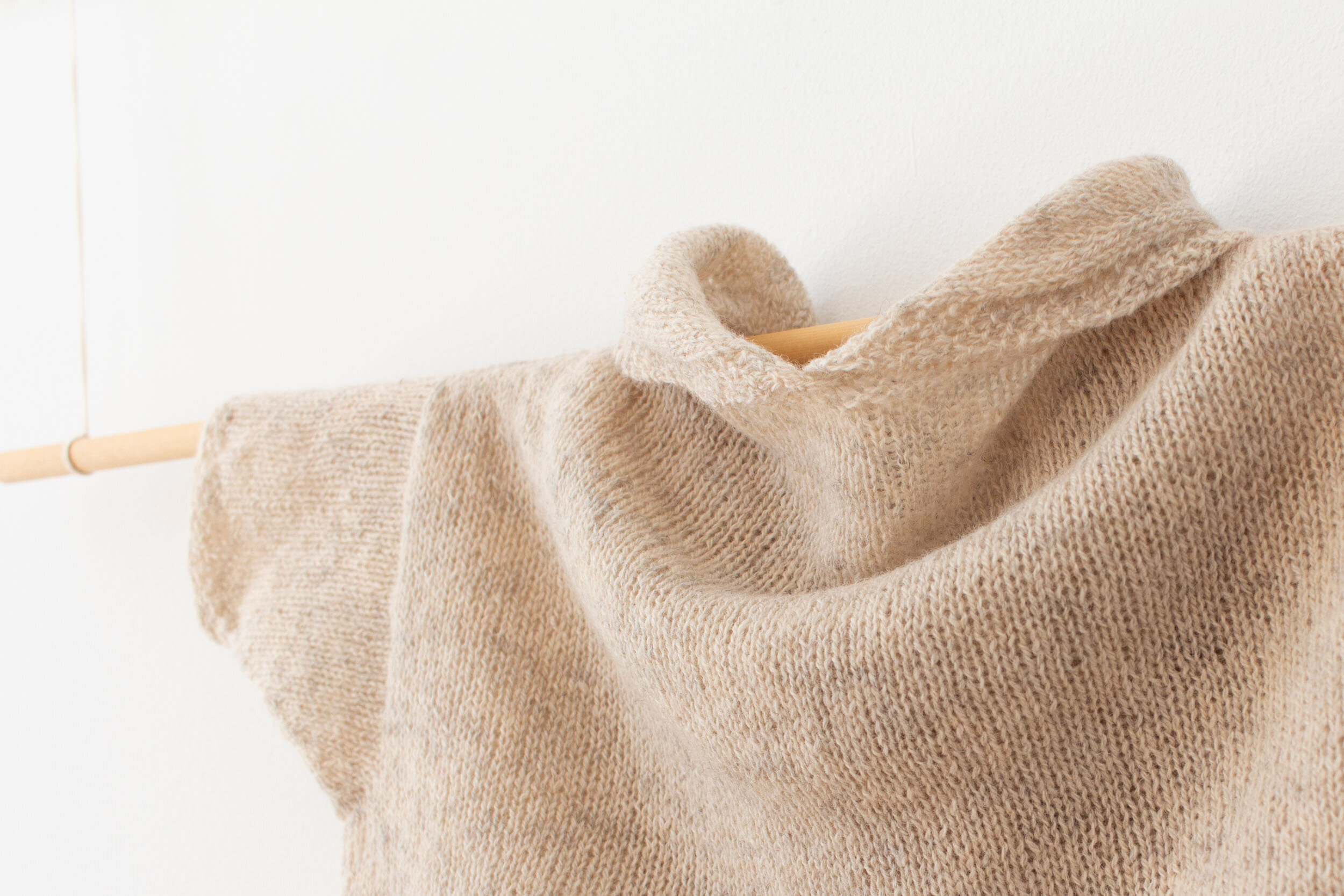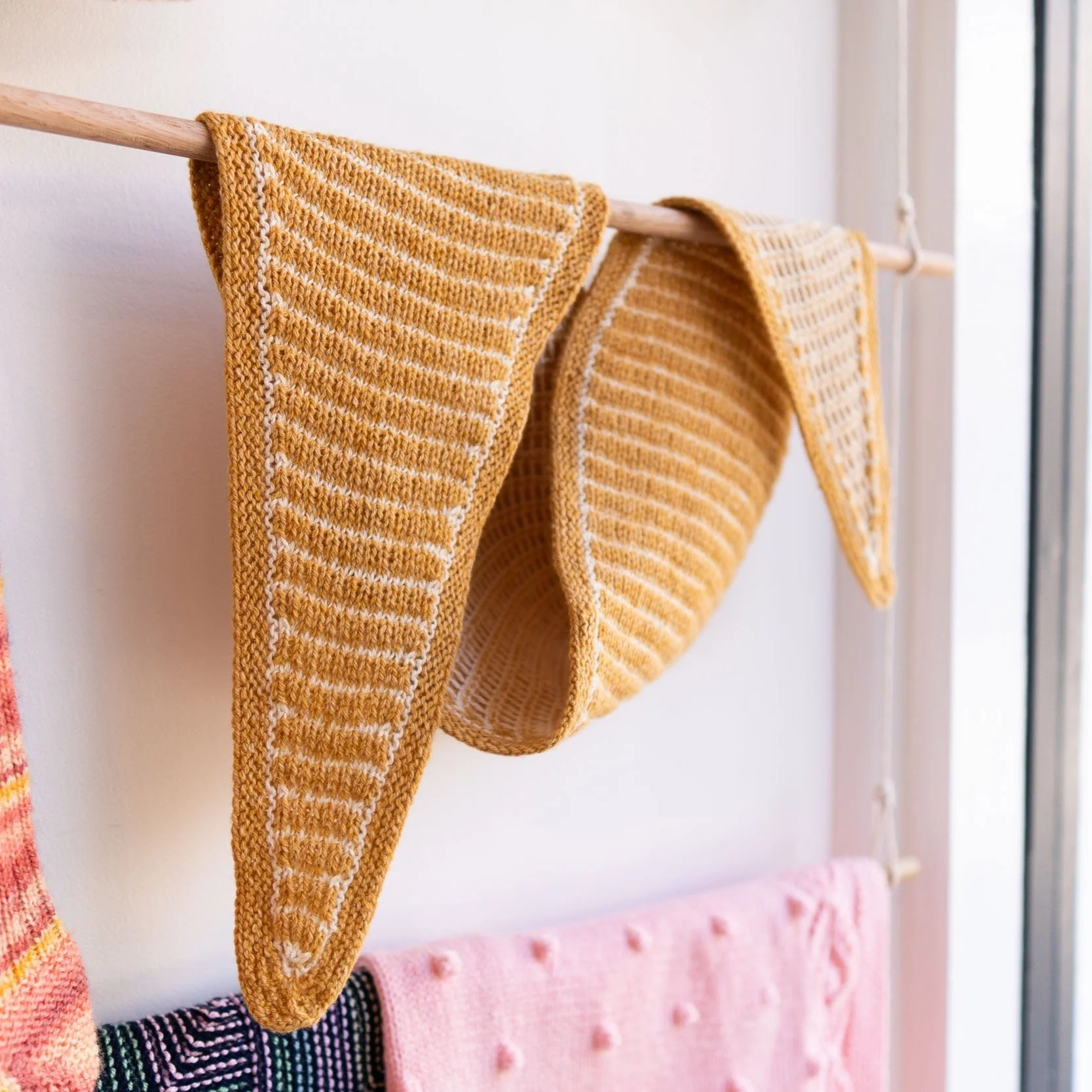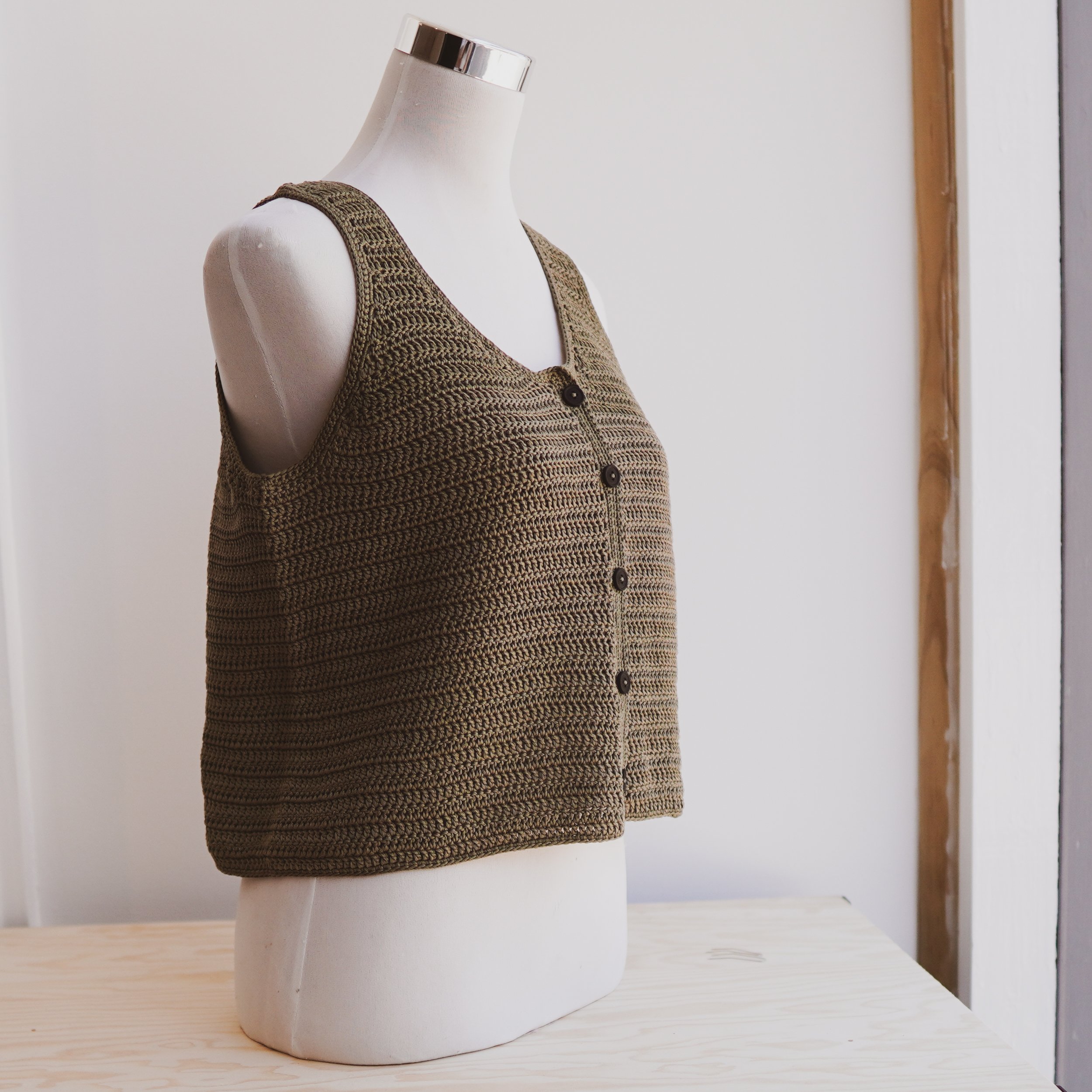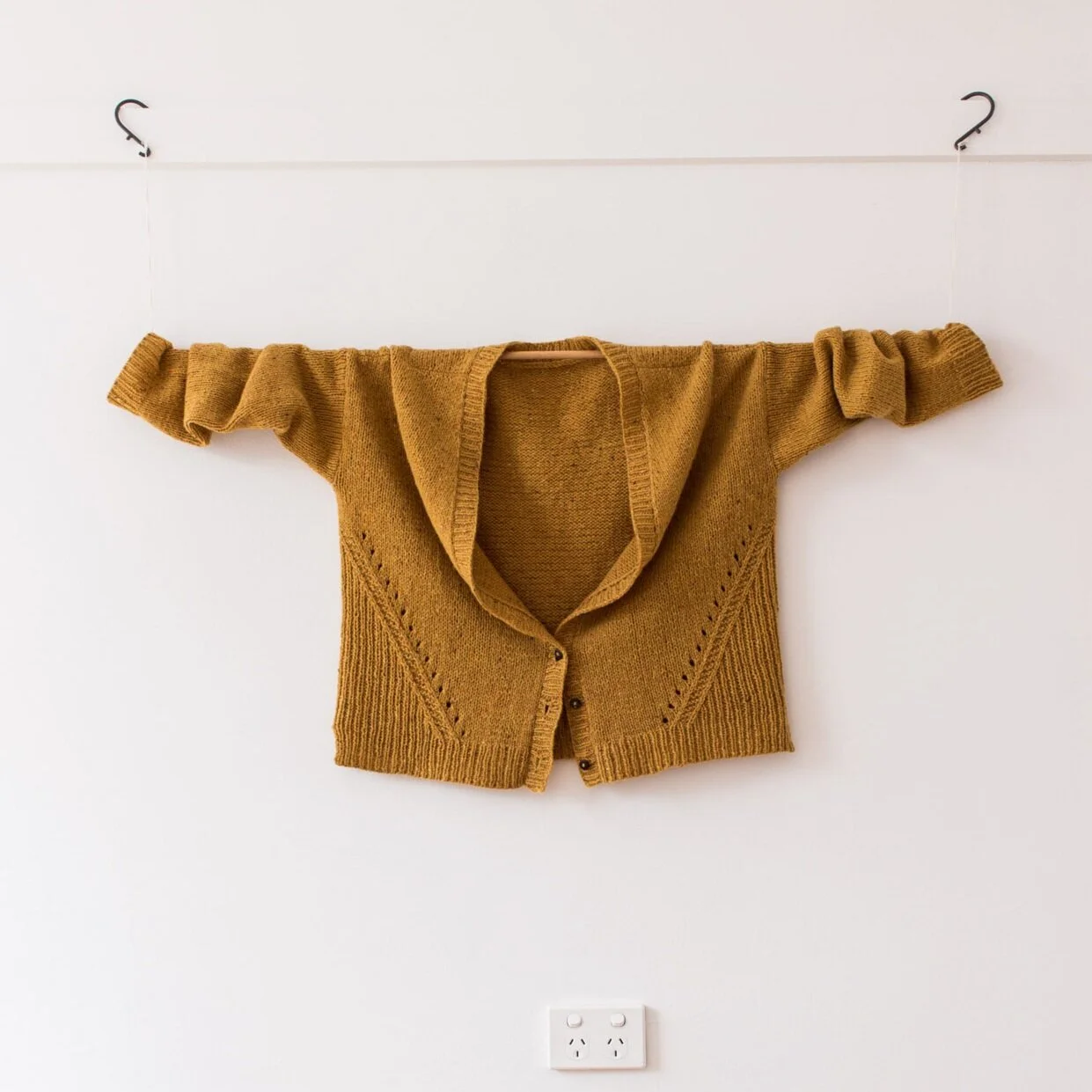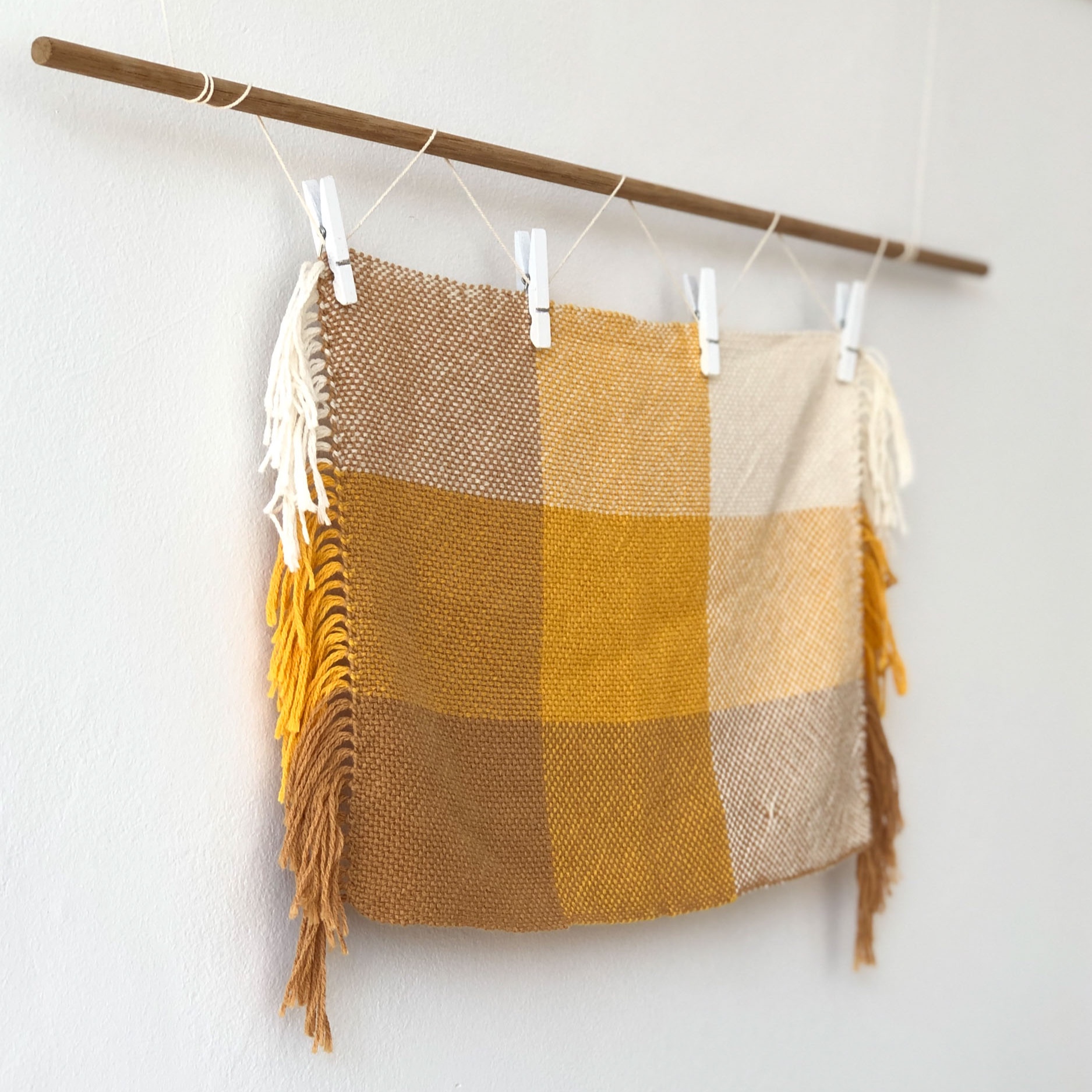Child and Mam, A Handknit Sweater Project
“Smooth seas do not make skilful sailors.”
As a textile maker I love the challenge of a new project - learning about a new yarn or fibre, tackling a new construction method or perhaps just practicing a not so familiar technique.
With its irresistibly cute sailor collar and classic red on white colourwork detail, Junko Okamoto’s Child and Mam children’s sweater embodied all three of these challenges for me.
Knit in BC Garn’s Bio Shetland, a new yarn for me, I detail below my experience knitting two-colour colourwork and working a sailor collar in the knitted fabric.
Enjoy!
Andrea - Loom & Spindle
PROJECT: Child and Mam
INTENTION
Knit the Child and Mam sweater and explore:
Working with a Shetland style yarn
Working two-colour colourwork flat
Sailor collar construction in the knitted fabric
SKILLS
Casting on and off
Knitting flat and in the round
Reading colourwork charts
Increasing and decreasing
Short row shaping
Two-colour colourwork worked flat
TOOLS
Knitting needles – 3.25 mm (US 3) and 3.75 mm (US 5) circular needles.
I used Chiaogoo Spin Bamboo Interchangables.
MATERIALS
PATTERN
The Child and Mam (Child) pattern was published by Junko Okamoto in September 2015 and is available for free download at Ravelry.
Pattern available for sizes 3, 4 and 5 years old.
I knit a size 4, finished chest circumference 102.5cm (40.3’’)
PROCESS
YARN SELECTION
The red on white styling of Junko’s original version is what really drew me to this project.
To recreate the look with one of our shop yarns I sampled BC Garn’s Bio Shetland, a rustic Shetland style yarn built for colourwork.
I used the colourways Sheep White, a lightly heathered natural shade, and the eye-popping Cherry Red.
COLOURWORK
Having swatched to determine gauge and needle size, I began the project as the pattern directs and worked the collar using the two contrasting colours.
Working the colourwork flat, I paid close attention to maintaining an even tension particularly when working the purl-side of the fabric, and neatly interlocked the two contrasting yarns at the edge of the patterned area.
The chart was clear, but I did trip up on the chevron pattern where the centre section has five rows and the outer sections have four. Having missed that fifth row I quickly realised my mistake when the following row was misaligned, I was able to rip back and correct it without issue.
CONSTRUCTION
The pattern was knit top-down in one piece combining elements that were either worked flat or in-the-round.
I did find it hard to visualise how the collar and neck shaping would come together. I put my faith in the pattern and continued working as the pattern directed.
Junko details some clever short row shaping for the left and right sides of the neck. These two elements eventually join at the front with an overlap of fabric, a nice detail.
More short row shaping raised the back neck for a comfortable fit.
I must admit that I didn’t tackle the Japanese short rows as suggested, instead I used the wrap-and-turn technique achieving the same outcome. I’ll have to investigate this new technique for next time.
Knitting the remainder of the garment was quite straight forward and came together without problem.
FINISHING
To finish, the sweater was immersed in a bath of cool water for around 10 minutes, the water was drained, and the sweater pressed between towels to remove the excess. The piece was pinned out on a blocking matt, attention given to shaping the sweater and aligning the colourwork.
Once dry the gauge measured at:
20 stitches over 10cm (4'')
32 rows over 10cm (4'')
Chest circumference, 102.5cm (40.3’’)
Total meterage:
Approx. 313m (342y).
The finished garment weighed just 95g (3.35oz)!
INSIGHTS AND OPPORTUNITIES
Yarn
Bio Shetland is a toothy yarn perfect for colourwork.
It produced a light and airy fabric with a rustic hand-feel.
The subtle grey heather in the natural shade gives the garment a rustic character.
Though Bio Shetland is a lighter yarn than what was originally used in the pattern I had no trouble achieving gauge.
Colourwork
The colourwork chart was clear and easy to follow.
The classic red on white palette definitely makes this a standout piece.
The colourwork is limited to the collar section making it a great first colourwork project.
Construction
The short row shaping was really interesting and not something I’d tried before for a collar construction.
It definitely helped that I was already familiar with the short-row technique, I wouldn’t say it was impossible if you’re giving it a go for the first time.
FINAL THOUGHTS
Overall, this is a great design that worked up relatively quickly.
The yarn was great on yardage, the final count coming in under what the pattern suggested.
I love the sailor collar, such a unique design element. It would be perfect for any little sailors in your life.
And if you were thinking you’d like one too, Junko also has an adult version. And yes, it’s FREE. Thanks, Junko!
THANK YOU FOR READING!
Would you like to save this project for later?
Add it to your Ravelry favourites HERE.
Knitting Child and Mam (Child) in Bio Shetland?
Here’s what you’ll need:
Size 3 years - MC: 2 skeins, CC: 1 Skein
Size 4 years - MC: 2 skeins, CC: 1 Skein
Size 5 years - MC: 3 skeins, CC: 1 Skein
Stay in the loop
Receive updates from our studio, project inspiration and product news by joining the Loom & Spindle collective.

